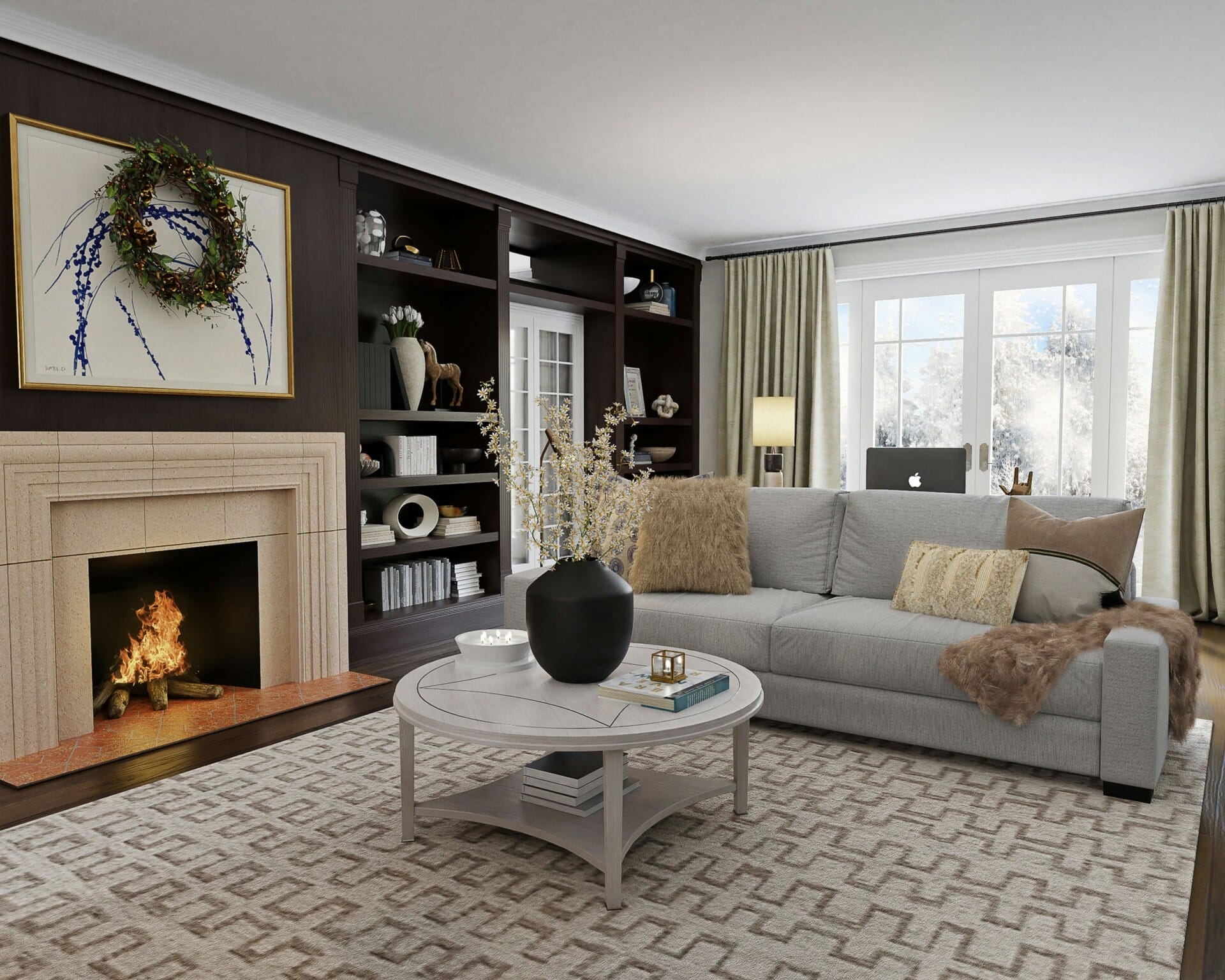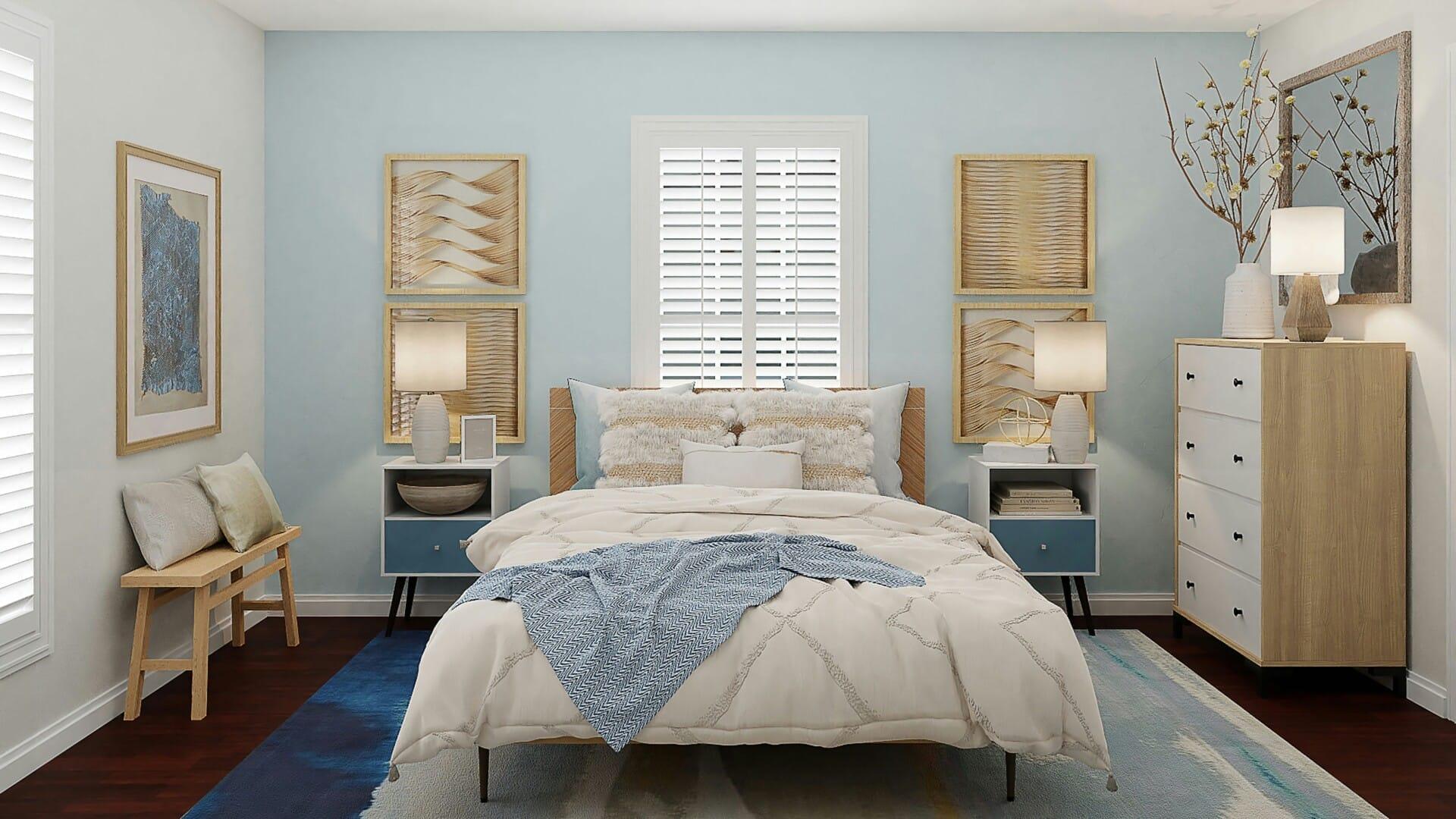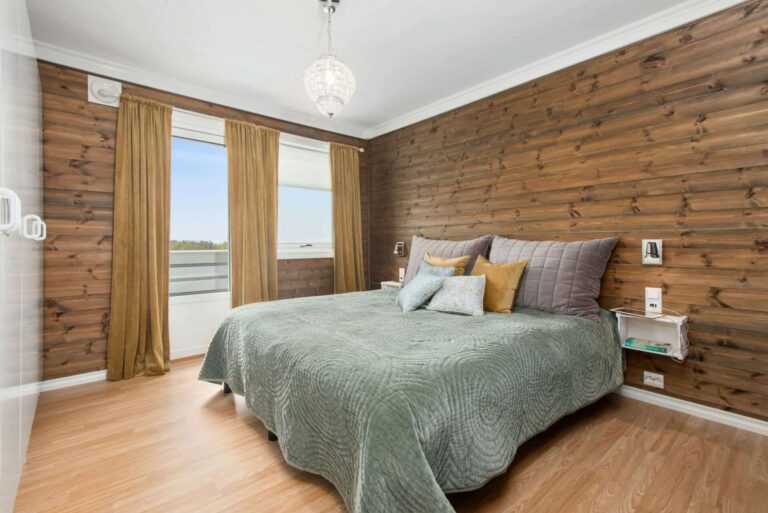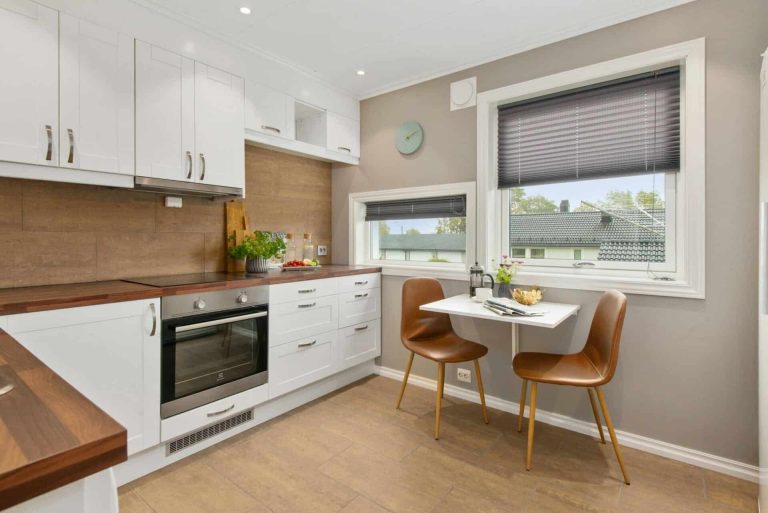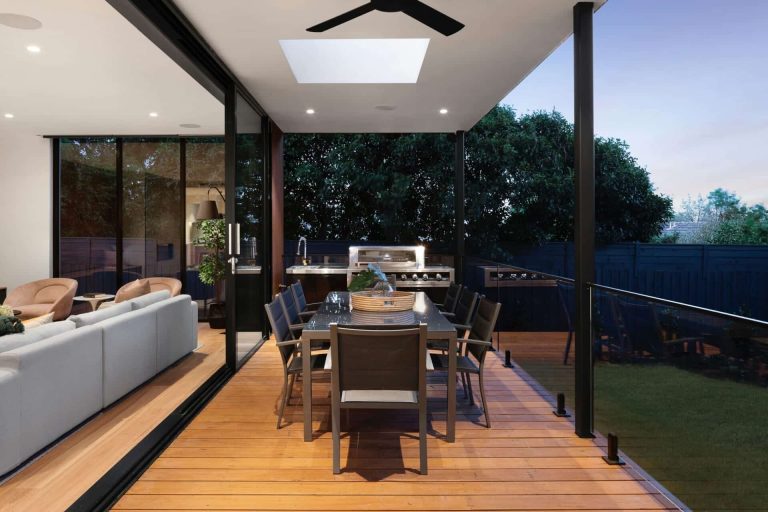Hey there, fellow Malaysians! Ever noticed how our construction landscape is changing? Drive through our bustling cities and you can’t miss the sleek buildings and ambitious projects sprouting up everywhere. One of the key players behind this transformation? Design-build firms. These innovative teams are reshaping the way we think about construction, combining design and execution all under one roof. But what makes them the go-to choice in the industry today? In this article, we’ll dive into the rise of design-build firms in Malaysia and explore why they’re quickly becoming the preferred option for many projects. Get ready to uncover the factors driving this shift, from efficiency to creativity, and see how it’s painting a vibrant future for our nation’s skyline.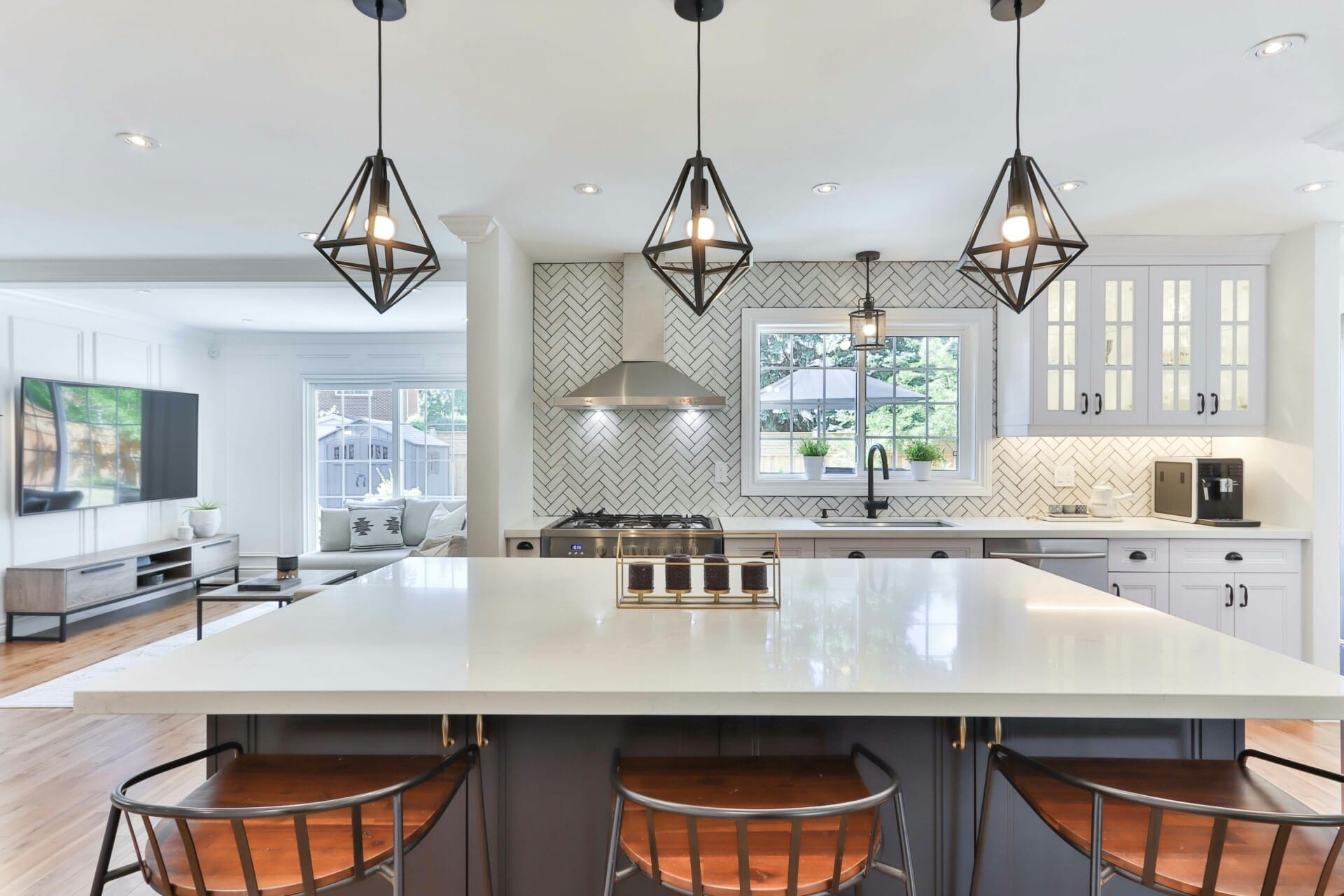
The Rise of Design-Build Firms in Malaysias Evolving Construction Landscape
The construction landscape in Malaysia is witnessing a significant transformation as design-build firms gain prominence. This shift stems from an increasing recognition of the advantages that this integrated approach offers. Unlike traditional methods that separate design from construction, design-build firms streamline the entire process, facilitating smoother communication and faster project completion. With the complexities of modern construction projects, the ability to unite both design and execution under one umbrella is becoming a sought-after model in Malaysia’s evolving market.
One of the key factors fueling the rise of these firms is the demand for efficiency and cost-effective solutions. Stakeholders are embracing the clarity that comes from having a single point of contact for both design and construction, thereby reducing the potential for misunderstandings and errors. This synergy leads to:
- Reduced project timelines – Speedier delivery without sacrificing quality.
- Cost savings – Streamlined processes mean fewer hidden costs.
- Improved collaboration – Integrated teams foster innovative design solutions.
Furthermore, the influence of advanced technology cannot be overlooked. Many design-build firms in Malaysia are leveraging cutting-edge tools like Building Information Modeling (BIM) to enhance project visualization from the start. By using such technologies, they can effectively anticipate challenges and optimize resource allocation, ensuring projects run smoothly. As the construction industry continues to adapt to new challenges and opportunities, it’s clear that the design-build model is well-positioned to dominate the future market.
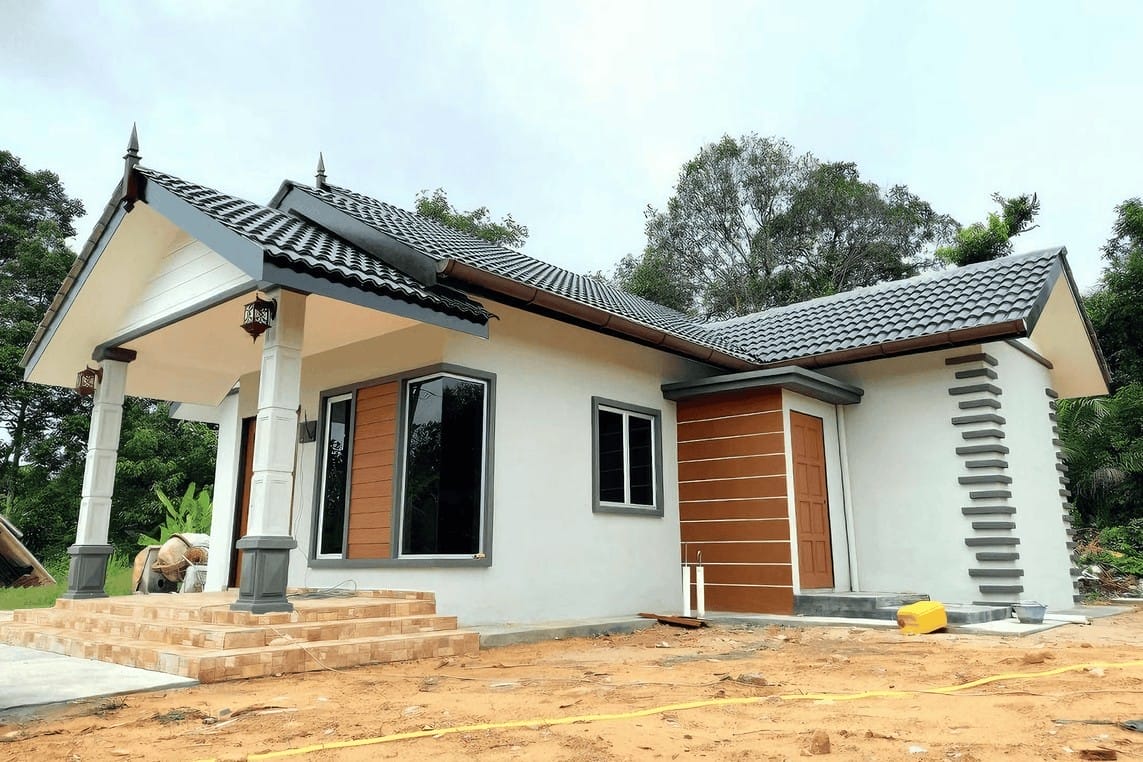
Streamlined Processes and Enhanced Collaboration: The Design-Build Advantage
The traditional construction model often leads to inefficiencies and miscommunication, but the design-build approach flips that script. By merging design and construction under one roof, these firms create a cohesive workflow that ensures clarity from the start. This leads to a significant reduction in delays and misunderstandings, as everyone involved shares a common vision and collaborative spirit.
One of the standout features of design-build firms is their ability to leverage modern project management tools that facilitate real-time communication and collaboration among team members. You’ll find that:
- Instant updates: All stakeholders have access to the latest project developments, fostering accountability.
- Streamlined decision-making: Faster resolutions to potential issues mean projects stay on track.
- Enhanced innovation: The collaborative nature allows for creative problem-solving, often resulting in unique design solutions.
Additionally, when you look at the financial benefits, design-build projects often experience cost savings due to fewer change orders and rework. Here’s a brief comparison that shows the advantage:
| Traditional Method | Design-Build Method |
|---|---|
| High risk of miscommunication | Unified team reduces miscommunication |
| Longer project timelines | Efficient timelines due to integrated processes |
| Multiple contracts to manage | Single contract simplifies management |
In sum, the design-build advantage lies in not just enhanced processes, but in a holistic approach where teamwork cultivates a spirit of innovation and efficiency that is transforming Malaysia’s construction landscape.
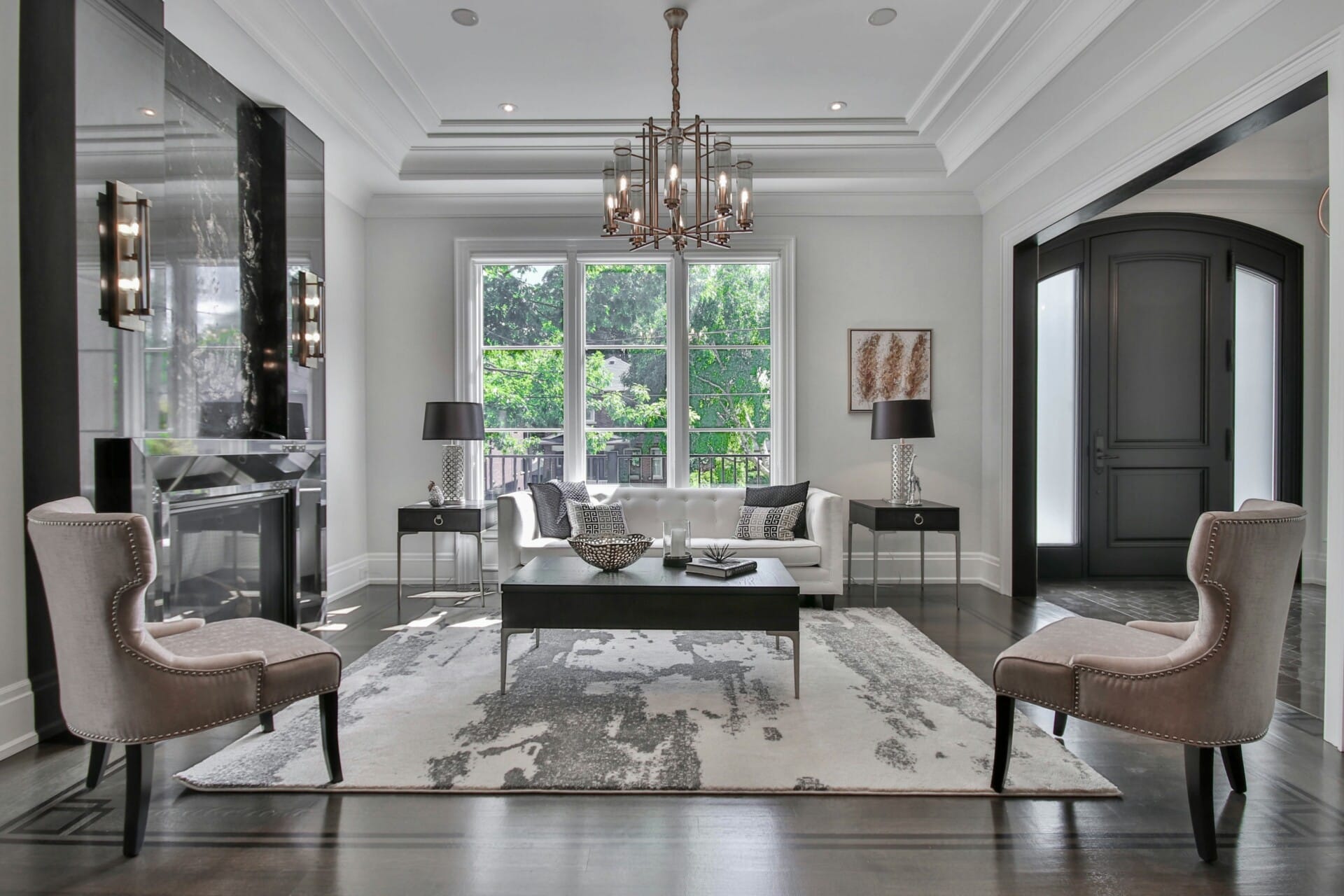
Quality Control and Cost Efficiency: How Design-Build Firms Shape Successful Projects
When it comes to construction projects, achieving the perfect balance between quality and cost is a real juggling act. Design-build firms have emerged as the secret weapon in this equation, delivering superior outcomes while keeping a keen eye on the budget. By integrating both design and construction phases under one roof, these firms streamline the entire process. This means they can tackle potential issues early on, reducing the risk of costly overruns later. It’s all about synergy—having architects and builders collaborate closely not only fosters innovation but also ensures that projects adhere to stringent quality standards.
One of the standout advantages of the design-build model is the direct communication and collaboration it promotes. Clients can expect a more transparent approach throughout the project lifecycle. This often leads to quicker decision-making and fewer miscommunications that can derail timelines. Consider these benefits:
- Streamlined Workflow: Projects move faster as teams operate in cohesion.
- Enhanced Accountability: With one entity responsible, clients know who to turn to for updates.
- Consistent Quality Checks: Ongoing assessments during each phase help maintain high standards.
To highlight how design-build firms are setting new standards for quality control and cost efficiency, let’s take a look at a quick snapshot of their advantages:
| Advantage | Description |
|---|---|
| Cost Savings | Eliminates redundancies in the design and construction process, reducing overall project costs. |
| Quality Assurance | Continuous oversight leads to improvements in construction quality. |
| Time Efficiency | Shortened timelines allow for quicker project completion without sacrificing quality. |
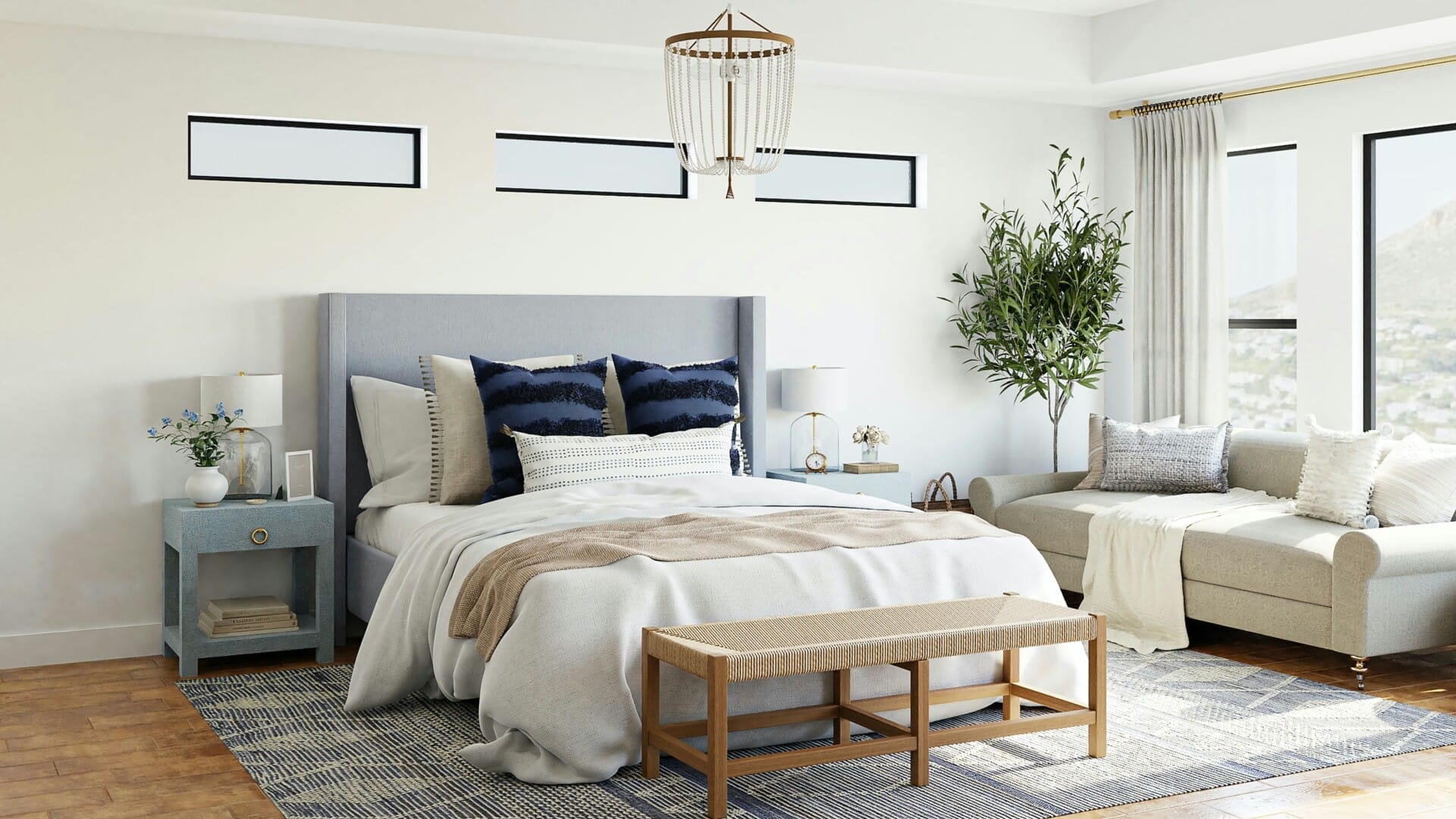
Adapting to Client Needs: The Customization Potential of Design-Build Solutions
One of the standout features of design-build solutions is their ability to tailor projects to meet the unique needs of clients. This flexibility means that instead of fitting a client into a pre-existing mold, design-build firms can sculpt the entire project around specific preferences and requirements. Clients can actively participate in the decision-making process, leading to personalized designs that reflect their vision and lifestyle. For instance, whether a client seeks eco-friendly materials or innovative architectural styles, there’s room for creativity and customization at every turn.
Moreover, design-build processes foster enhanced collaboration between the design and construction teams. This synergy allows for real-time adjustments and rapid problem-solving, ensuring that any changes in client preferences are integrated seamlessly into the project timeline. With a unified team working closely together, issues can be addressed as they arise, minimizing delays and additional costs. The client-centric approach not only yields a final product that resonates with the client’s identity but also boosts efficiency at every stage of construction.
Ultimately, the customization potential isn’t just about aesthetics; it encompasses functionality and sustainability as well. Design-build firms are increasingly incorporating smart technologies and energy-efficient solutions into their designs, tailoring these systems based on client usage patterns. By considering how the space will be used, design-build solutions ensure that the end result is not just visually appealing but also practical and environmentally responsible. The marriage of design and functionality creates living spaces that clients not only love but also find truly beneficial for their lifestyle.
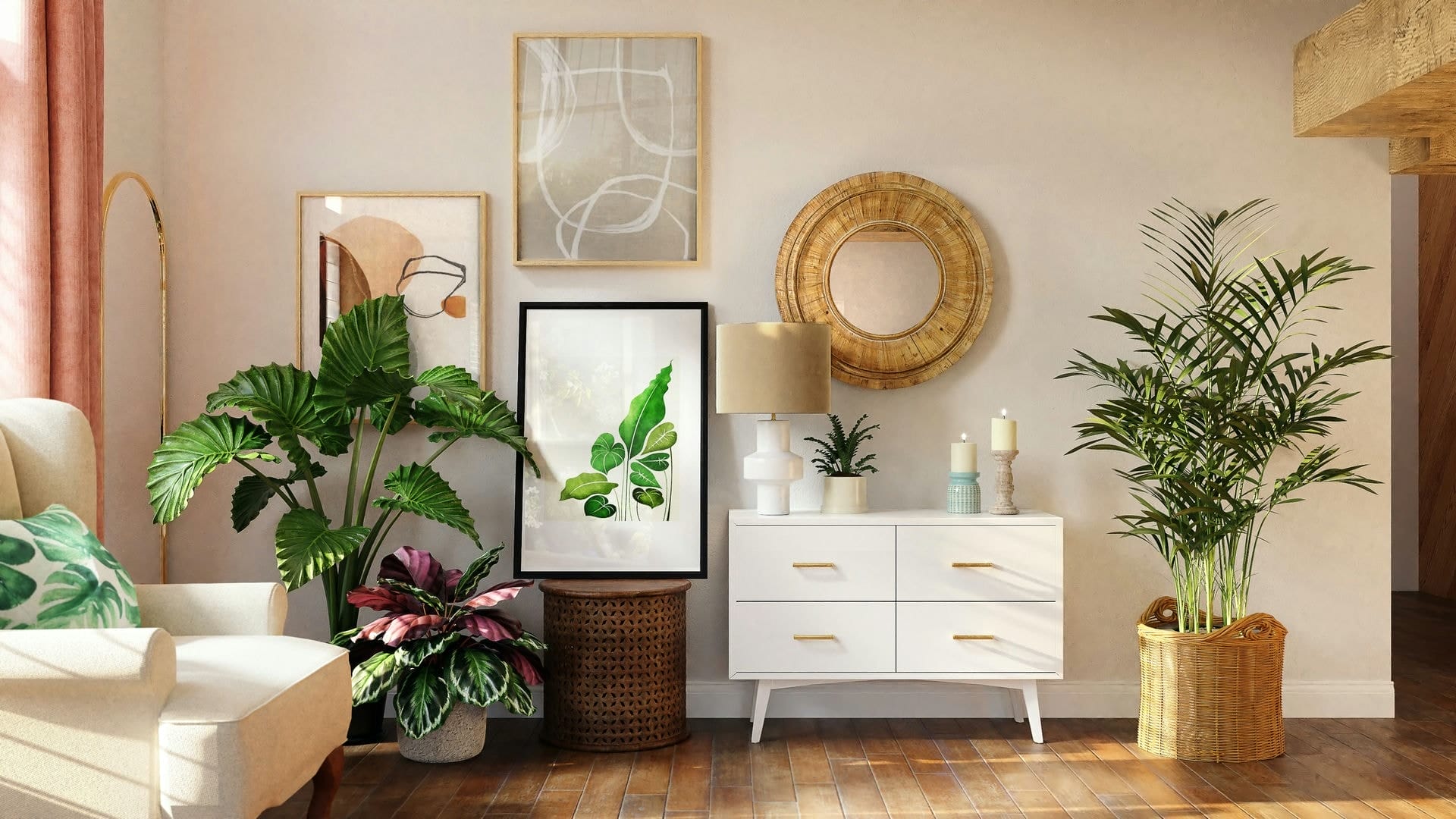
Technological Integration: Elevating Construction Standards Through Innovation
In the fast-paced world of construction, technological integration is revolutionizing how design-build firms operate in Malaysia. With the advent of advanced technologies like BIM (Building Information Modeling), construction teams can collaborate more efficiently, ensuring that designs are translated into reality with minimal errors. This integration means every stakeholder, from architects to contractors, can visualize the entire project, leading to better decision-making and streamlined processes.
Additionally, smart construction tools such as drones and IoT (Internet of Things) devices are making it possible to oversee projects in real-time. These innovations empower design-build firms to monitor progress, assess quality, and maintain safety standards from afar. Imagine a drone capturing high-resolution images of a site every day; it ensures that any issues are flagged early on, preventing costly delays. The result? A construction process that is not only faster but also far more efficient.
The benefits don’t stop there! By adopting these technological advancements, design-build firms can achieve higher construction standards and sustainability. Let’s take a quick look at some of the key technological integrations in play today:
| Technology | Benefits |
|---|---|
| BIM | Improved collaboration, error reduction |
| Drones | Real-time monitoring, enhanced safety |
| IoT | Data-driven insights for efficiency |
| 3D Printing | Reduced waste, faster fabrication |
By embracing these innovations, design-build firms in Malaysia are not just keeping up with global standards; they are setting new benchmarks for what’s possible in the construction industry. The synergy of traditional methods with modern technologies is paving the way for a more dynamic, responsive, and sustainable future in construction.
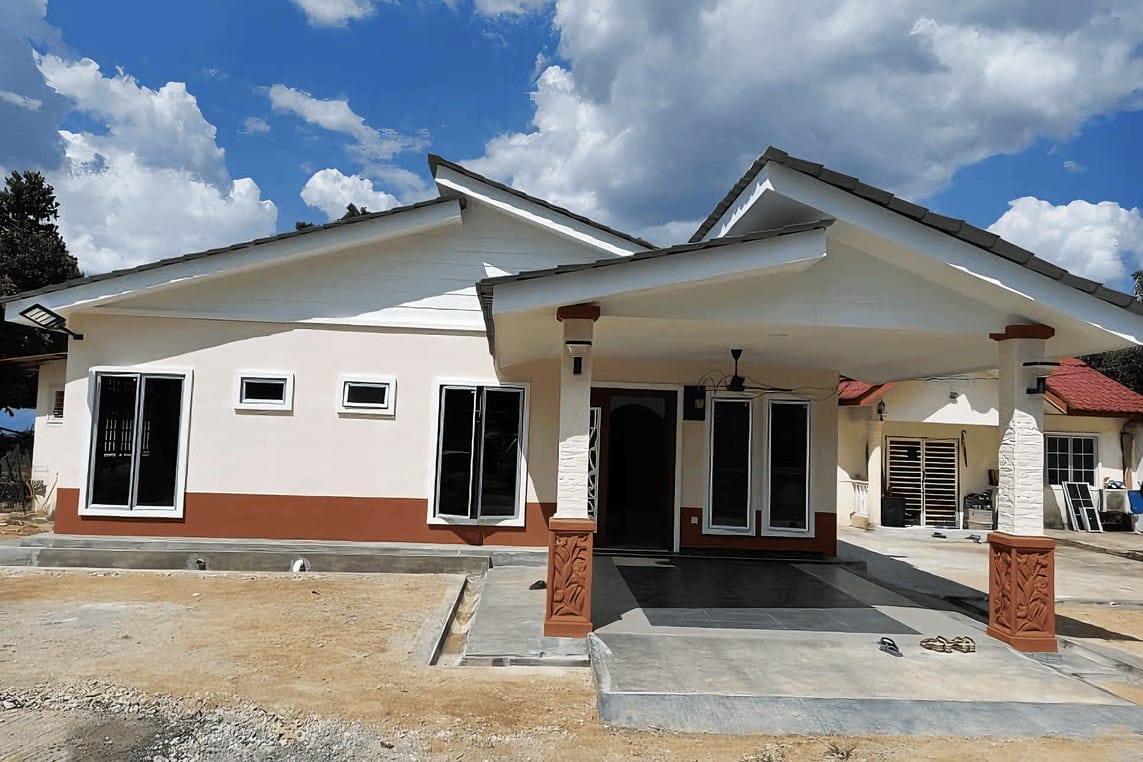
Sustainability Practices in Design-Build: A Path Towards Eco-Friendly Development
In the realm of design-build, sustainability isn’t just a buzzword—it’s a fundamental component that shapes how projects unfold. By integrating eco-friendly practices throughout the entire construction process, firms in Malaysia are not only addressing environmental concerns but are also complying with growing regulations surrounding sustainability. This holistic approach sees architects, engineers, and builders collaborating from the earliest stages, enabling innovative solutions that respect and enhance the natural landscape.
Utilizing sustainable materials is at the heart of these practices. Design-build firms are increasingly leveraging resources that reduce carbon footprints and support local economies. Some key materials include:
- Bamboo: Fast-growing and highly renewable.
- Recycled Steel: Minimizes waste and energy consumption during production.
- Low-VOC Paints: Improves indoor air quality while being safer for the planet.
Moreover, construction waste management is becoming ever more critical. Design-build firms apply methods that prioritize recycling and repurposing materials, ensuring minimal impact on landfills. The adoption of efficient building techniques often yields less waste and promotes resource conservation. For a clearer picture, here’s a simple overview of common waste management strategies:
| Strategy | Description |
|---|---|
| On-site Sorting | Separating waste at the source to facilitate recycling. |
| Material Recovery | Reusing materials from demolished structures. |
| Donation Programs | Giving surplus materials to local charities. |
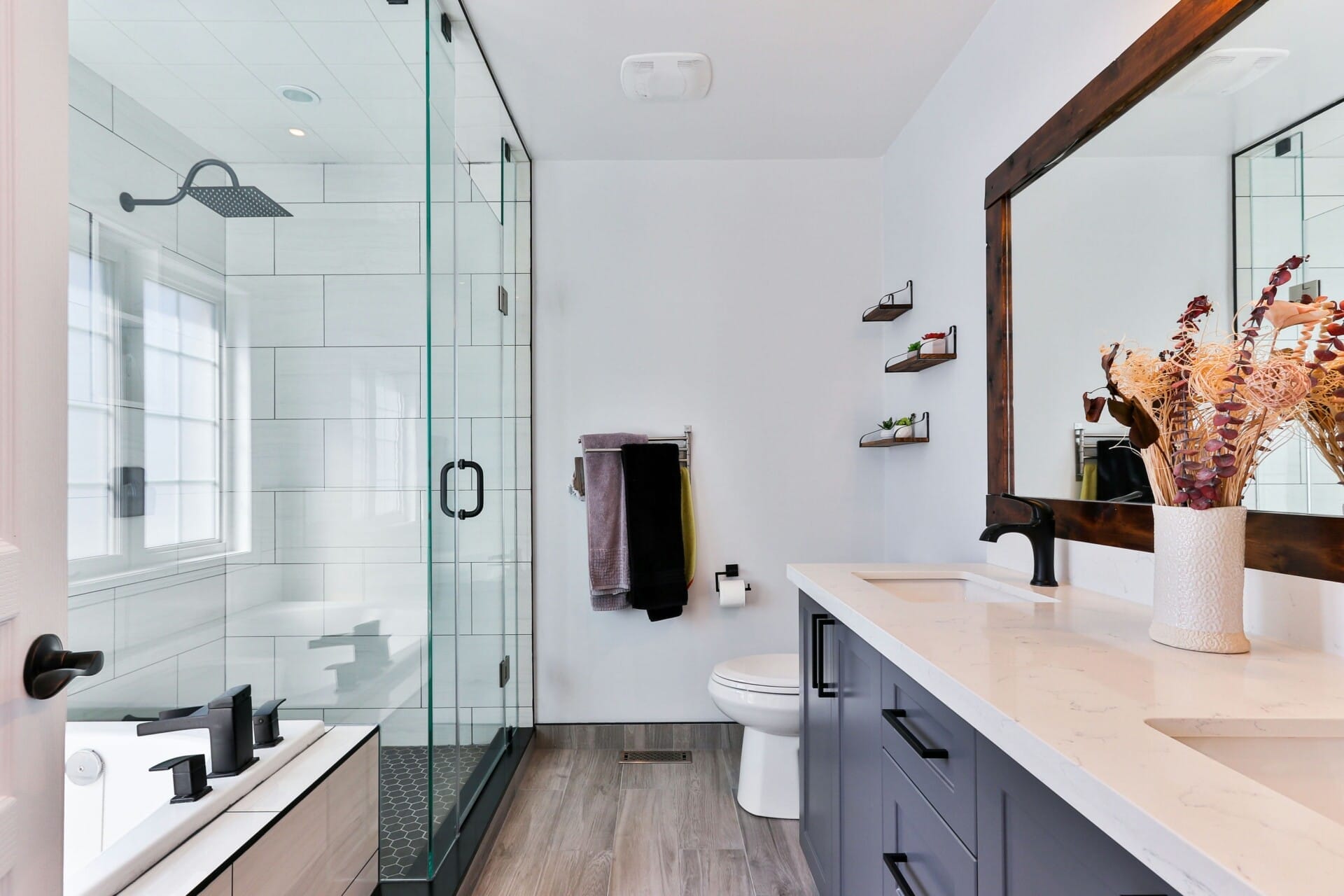
Navigating Regulatory Challenges: The Compliance Strength of Design-Build Firms
In the bustling world of construction, design-build firms have emerged as champions in navigating the complex landscape of regulations and standards. This unique approach not only streamlines the project delivery process but also enhances overall compliance. By merging the design and construction phases, these firms significantly reduce the chances of miscommunication and errors, which can often lead to regulatory hiccups. Their integrated teams are more adept at identifying potential compliance issues early on, ensuring that projects adhere strictly to local codes and requirements from the get-go.
One reason design-builders excel is their proactive strategies. They keep their fingers on the pulse of regulatory changes and trends, adapting quickly to new laws and guidelines. This is critical in Malaysia, where regulations can vary widely from state to state. Here are a few tactics these firms use to stay ahead:
- Regular training sessions for their teams on compliance requirements.
- Utilizing advanced project management software to track compliance checkpoints.
- Incorporating feedback loops between design, engineering, and regulatory teams.
Furthermore, the collaborative nature of design-build projects fosters a culture of transparency and responsibility. With architects, engineers, and contractors working together from day one, there’s an increased sense of ownership over compliance-related tasks. This not only helps in identifying risks early but also builds a strong foundation for a safer work environment. Here’s a quick comparison of the traditional approach versus the design-build method regarding compliance:
| Aspect | Traditional Approach | Design-Build |
|---|---|---|
| Communication | Poor, leading to misunderstandings | Seamless, enhancing clarity |
| Issue Identification | Often late in the process | Proactive and ongoing |
| Regulatory Compliance | Reactive, can lead to fines | Integrated, minimizes risks |
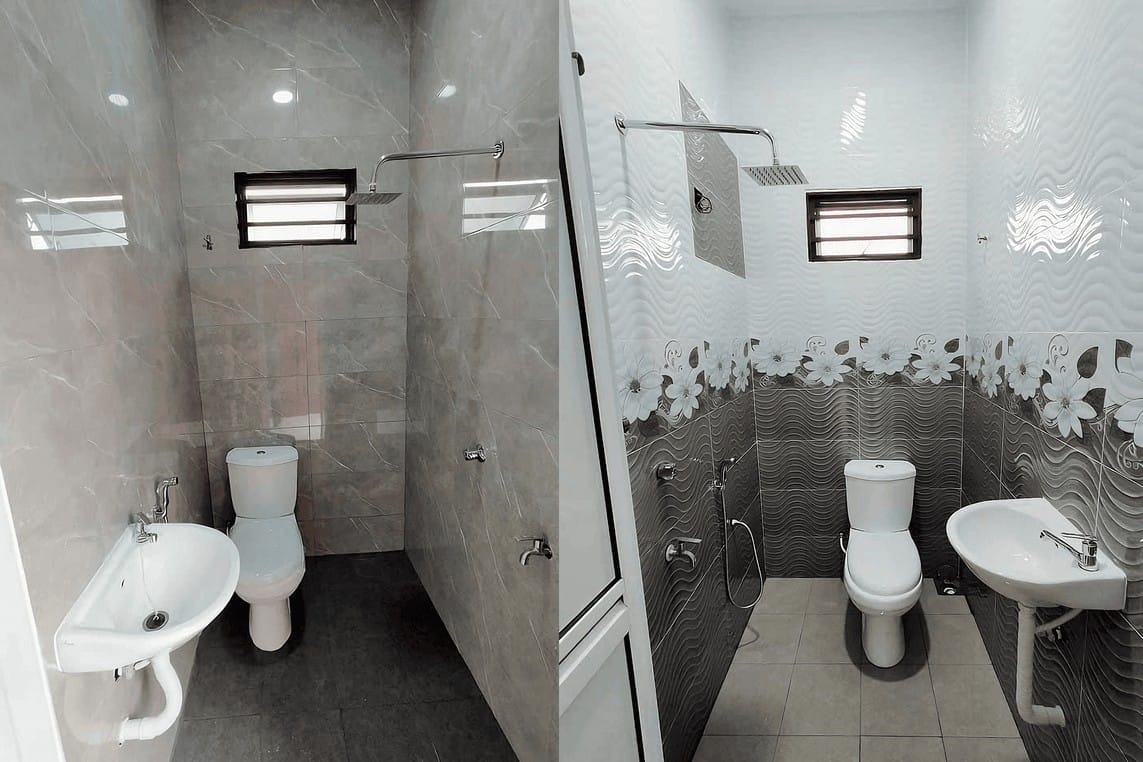
Future Trends: What Lies Ahead for Design-Build in Malaysias Construction Scene
The design-build approach in Malaysia’s construction scene is primed for significant transformations propelled by several key trends. The surge in technological advancements offers innovative tools such as Building Information Modeling (BIM) and drones for site monitoring, enhancing efficiency and accuracy in project delivery. This perfect blend of technology and construction practice not only optimizes workflows but also fosters real-time collaboration among teams, thereby streamlining communications and reducing errors. Expect to see a growing number of firms adopting these technologies to remain competitive in an evolving market.
Another trend shaping the future of design-build firms in Malaysia is the increasing emphasis on sustainability. With global awareness around climate change rising, more projects are integrating green building practices that focus on energy efficiency and environmentally friendly materials. By prioritizing sustainable designs, construction companies not only adhere to regulatory demands but also satisfy the growing consumer demand for eco-friendly living spaces. This shift fosters a forward-thinking mentality within the industry, pushing firms to innovate continually and explore new sustainable strategies.
Lastly, as the Malaysian government continues to promote initiatives for smart city development, design-build firms are positioned to play a pivotal role in shaping urban landscapes. Upcoming infrastructures will prioritize smart technologies intertwined with innovative design, thereby enhancing the quality of life for residents. This trend will likely see an increase in partnerships between public and private sectors, leading to exciting projects that combine digital infrastructure with the urban environment. As we move forward, the interplay of these elements will redefine Malaysia’s construction sector, making it more inclusive, efficient, and avant-garde.
Concluding Remarks
As we wrap up our deep dive into why design-build firms are making waves in Malaysia’s construction scene, it’s clear that this approach is reshaping the way we build. With its streamlined processes, enhanced communication, and a focus on collaboration, it’s no wonder more and more developers are hopping on the design-build bandwagon.
But this shift isn’t just about efficiency; it’s about creating spaces that reflect our culture, meet our needs, and push the boundaries of creativity. As Malaysia continues to evolve, embracing this innovative model could help us tackle challenges and unlock new opportunities in the construction industry.
So, whether you’re a budding architect, a seasoned builder, or just someone interested in the future of Malaysia’s skyline, keep an eye on these design-build firms. They’re not just changing the way we construct buildings; they’re redefining how we envision our communities for generations to come. Who knows? Your next home, school, or skyscraper might just be a product of this exciting movement.